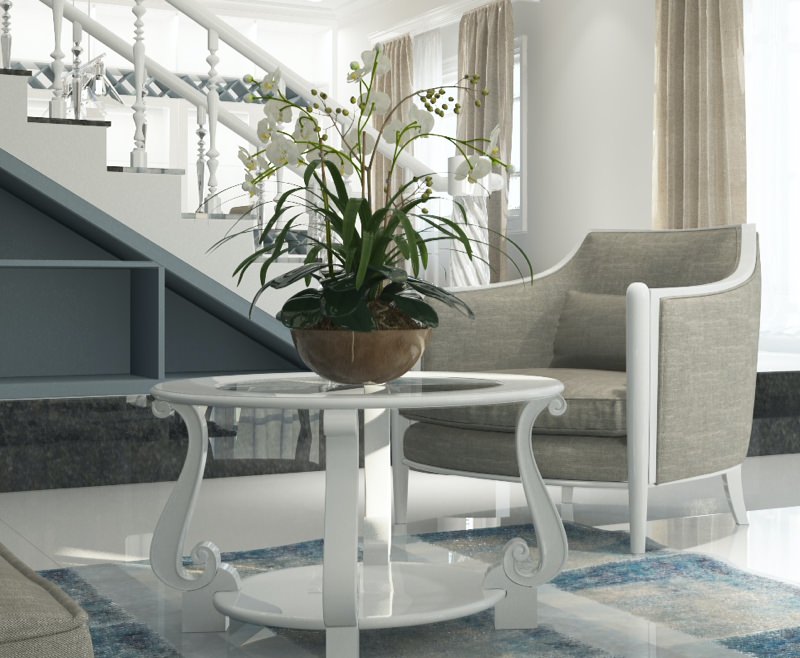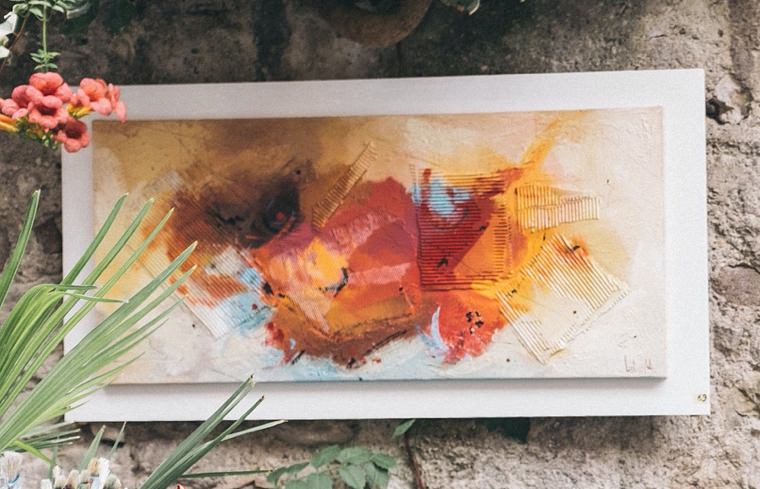8 Simple Interior Design Tips For Your New Home
Posted by Ike Keesmaat on Friday, June 12th, 2020 | 1,137 views
Buying a new home is an infinitely pleasing achievement. Decorating a new home, whether you’ve bought one of those new custom built homes or recently purchased a house that’s one-hundred years old, in another story.
Regardless of whether or not the home was built for you or is a part of the common design in a subdivision, you’re still going have to decorate it. In your particular situation, you generally get the first crack at the apple. This means that you may not have any preconceived notion of what the home should look like.
Fortunately, I’ve got decorating ideas for you. As you may know, I build custom homes for sale in Simcoe Ontario, so I have a lot of experience with interior decorating after seeing home owners decorate the houses they buy from me.
With that said, I’ve put together 8 simple interior decorating tips that I’ve gathered over the years, for the new home owner, which I’m sure you’ll appreciate and come to enjoy for years to come.
1. Choose Balance, Scale, and Proportion
 Take your time to ensure everything looks just right.
Take your time to ensure everything looks just right.
When you’re considering adding new things to the interior of a home, people are generally thinking about shapes, colours, and what’s going to go where. This is where scale, proportion, and balance come into play.
Scale, proportion, and balance are often-forgotten things that if placed and coordinated properly, will really bring any kind of room together with a nice new look.
For example, instead of worrying that everyone matches, instead consider how you’re actually using the space. Even if your accessories are exactly the same colour, it may not matter too much if you are shoving all of these things in a room too small for all of the items.
The same can be said for the opposite effect; if you’re using a small, rounded dining table in a room with 12-foot ceilings, you’ll be getting the same odd-looking effect. The idea is to use space and proportion wisely – to create an even and balanced look.
An easy way to determine if you’ve placed the items in a particular room with visual balance, take a few pictures of the room from different angles and send them to your friends for input. Remember to ask them to be honest so you can get a truly unbiased opinion.
2. All Art Can Be Good Art
 Get some really interesting pieces of art.
Get some really interesting pieces of art.
A lot of people like to have at least one high-society piece of art hanging somewhere in their home, or at least something that looks like it costs as much as a new car.
It’s human nature for a lot of us, but getting expensive piece of art commissioned, or simply buying one at auction isn’t always in the cards.
There’s no problem sourcing our art in other ways, such as visiting your local college or thrift store – even Ikea has some interesting paintings. If you can get in touch with a college, you should easily be able to get in touch with the art department.
You never know – the college could have some student shows coming up that will allow you to get some great art without breaking the bank. By doing so you’ll feel great about supporting the program while getting some truly unique and original art.
3. Create Details With Paint
Use paint to create depth and enhance details
You already know how different colours can light up and open a room. They can also create details, not just highlight architectural details, should you find that your home may be missing a particular detail that you’d rather have.
For example, you can make your ceilings look higher if you extend the paint a little bit onto the ceiling. You can also make certain spaces feel separate with paint, as in two conjoining rooms. If you have a large area that contains your kitchen, living room, and dining room, paint goes a long way to differentiate them and make them feel like completely unique rooms.
4. Unify with Colours
Make sure your colours match each other.
While we don’t think that you should be completely concerned with matching everything, we’re absolutely all about unifying different objects in your home with colour. If you’re decorating your new home and you have an outlandish coloured couch that you love – tie that in with a bright coloured wall.
You can achieve a similar result with various accessories, such as rugs, curtains, or maybe even a potted plant that’s emblazoned with the colour. The ideas here are endless. If you can’t easily part with it, get a little creative to keep it around.
5. DIY Repurposing
Try to make the old new again.
We’ll always be a fan of old things finding new life in a home. Doing things like refinishing or repainting a dresser to become a bookshelf can breathe new life and give your new home some personality. You can strive to create as much as you can in your new home from older repurposed furniture etc., as it allows you to flex your creative muscle and really make your house a home.
6. Design Around Your Routine
Design when you have the time.
Custom home builders generally do a great job in creating the home that you want, but a custom house is not a home until you give it your special style. If you don’t have too much time, try designing around your routine is a good way to make things functional and inspire you to get more done around the house.
For example, if you’re a person who likes to come home and dump all of your pocket’s contents in a bowl, consider a console near the door. Add some shelving and a bench under the console that allows you to sit down and remove your shoes. This little quality of life improvement will pay for itself and make your home look and feel more comfortable for yourself and your visitors.
7. Don’t be Too Tied to Old Furniture
Sometimes purging old furniture is necessary.
We think that purging is an essential part of decorating a new home. It’s always tough to get rid of some of your old stuff, as evidenced above, although it’s important to realize that everything has a shelf life.
There is a lot of benefit in the act of catharsis but if you have a hard time throwing things away and replacing them with new things, you can always consider donating your old furniture to a secondhand shop.
8. Try to Remain Practical and Inexpensive
Be smart with your spending and try to get deals.
When you enter your new home, you will always want to rush and buy new things, and make everything perfect as soon as the ink on the contract dries. However, practicality and the less expensive option should always be at the forefront – if you can help it – especially considering you’ve spent a lot of money buying your new home.
Things like changing the lighting from R type to PAR type lighting make be a substantial change for those with shoestrings budgets. If at all possible, consider the little things before you shell out the big bucks.
The Take Home
Your new home is obviously going to a big investment. There’s nothing better than taking down the for-sale sign, but you’ll find that decorating it perfectly is not something that can be done overnight, and doing it right takes time and smarts so you don’t go overboard with your budget.